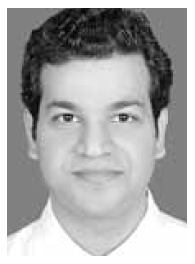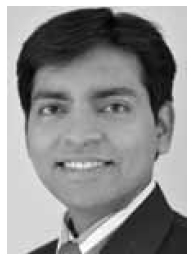THE EDITOR'S CORNER
We have reached the end of a decade which has been an extension of the Sixties, in which we began to lose our bearings in the economic and social areas, while developing unusual sophistication in technical areas.
The most significant technical achievement in orthodontics in the Seventies has been the bonding of attachments directly to tooth surfaces. The most significant non-orthodontic technical achievement undoubtedly has been the acceleration of computer technology and its application to diagnosis and practice administration. The development of pretorqued and preangulated bracket systems and the application of the straight wire concept, along with the maturation of the Bioprogressive technique are all noteworthy products of the Seventies. They contributed to a general maturing of the ability to control tooth movement with appliances.
While orthodontists seem very comfortable with their ability to move teeth, an area in which orthodontists have become very uncomfortable is the economics of orthodontic practice. In the early Seventies, we began to be aware of the economic mix threatening orthodontists' incomes--the decline in the child population, the increase in the number of orthodontists and others doing orthodontics, increased costs, and inflation.
In spite of an increase in the number of adults in the average practice and in spite of an increase in the number of people with dental insurance benefits, the number of patient starts in the average practice has been declining. This fact and the difficulty encountered by graduates of orthodontic programs in setting up their own practices are the significant economic phenomena of the Seventies.
Consumerism is also a phenomenon of the Seventies, which has produced fundamental changes in the way people look at things. In this process, dentistry is being dismantled as a monolithic profession. A variety of alternative forms of practice are being encouraged by government, exploited by business, and accepted by the public. This process was provided its strongest impetus by the abolition of restraints on professional advertising and advanced by the entry of retail stores into the delivery of dental care, with the application of management and marketing methods previously associated with business rather than professions. In addition, we are seeing the questioning of the necessity for a full professional education to perform a variety of tasks that have been the traditional jobs of the dentist, and the movement to permit non-dentists to operate directly with the public.
Basic to all this is the fact that most people do not receive adequate dental care in a society that has a growing conviction that dentistry, along with the rest of health care, is a right that must be available to all and at fees lower than those in current practice. Since general economic conditions preclude a national health insurance program in the near future, the approach introduced in the Seventies is based on the premise that advertising creates competition and competition results in lower prices. Concurrently, we have also seen the extension to dentistry of the concept of holistic health care, which departs from the traditional scientific habit of thought with regard to illness and disease and which emphasizes the effect of mind and spirit on the body. Corollary to the holistic health concept of a whole-person approach to health care has been the application of humanistic philosophy to the human relationships involved in health care practice--the interdependent relationships of doctor, staff, patients, and parents.
Overriding the whole picture of change in the Seventies is the sudden, dramatic change in life style, especially in the role of women in our society. The traditional wife, mother, and homemaker became a definite minority in the Seventies. Women, in remarkable numbers, are not getting married, are not having children, and are going to work. In addition, divorces are occurring in record numbers and one-parent families are numerous. The impact of ail this on orthodontics is severalfold. The role of women as mother, as supervisor of the orthodontic patient at home, as encourager of cooperation, as chauffeur to appointments has all changed. Working mothers are less involved in parenting. Women employees, including orthodontic office employees, are changing their perception of their work and of themselves. On the other hand, women between the ages of 25 and 44 constitute the most significant market in the country today. In their newly emancipated position, this group may be more inclined to indulge themselves in self-improvement, including improvements in appearance and self-esteem that orthodontics can provide.
If the Seventies looked more like revolution than evolution in dentistry, what will the Eighties be like? I will address that question in the next issue of JCO.




